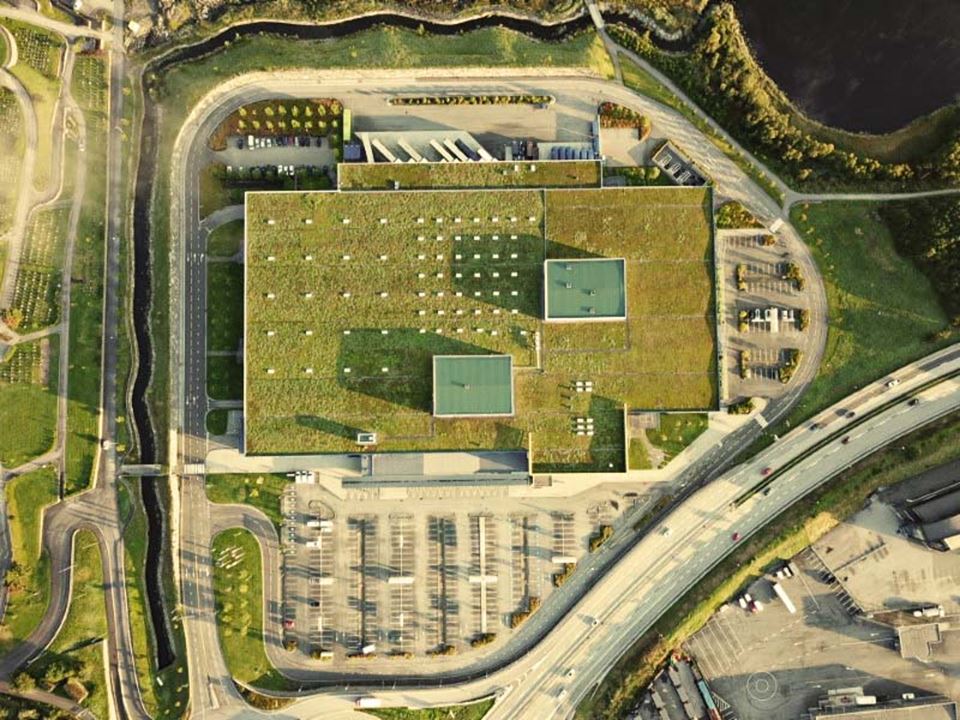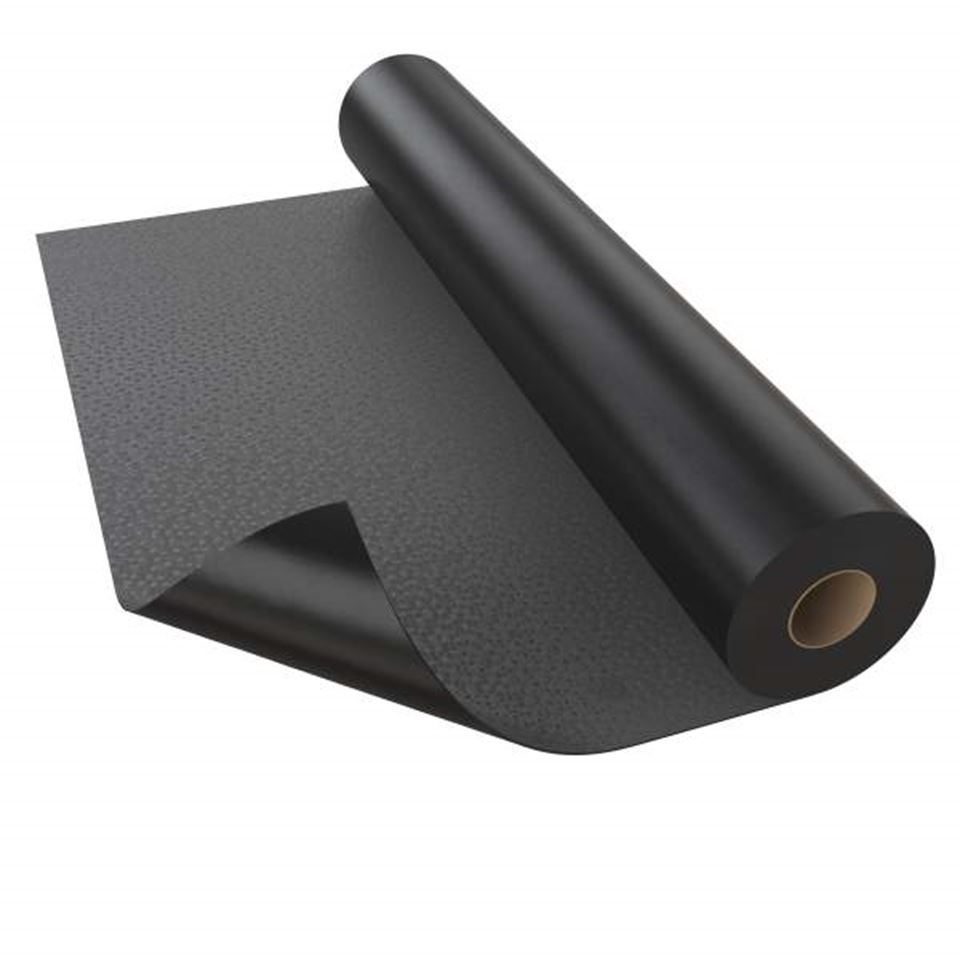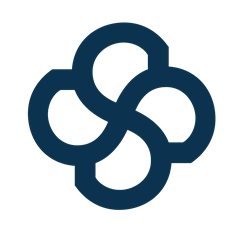Extensive green roofs transform rooftops into functional and eco-friendly green spaces, offering numerous environmental and practical benefits. These lightweight systems require minimal maintenance and can be installed without the need for heavy load-bearing roof constructions, making them ideal for retrofitting and new builds alike.
What Are Extensive Green Roofs?
Extensive green roofs are designed with a thin layer of soil or growth medium, typically supporting drought-tolerant vegetation such as sedum, moss, and other succulents. These plants thrive in challenging conditions, providing natural insulation and reducing urban heat island effects.
- Sedum Roofs: A popular choice, sedum-covered roofs are durable and visually appealing, contributing to biodiversity and stormwater management.
- Lightweight Design: Compared to intensive green roofs, extensive systems are significantly lighter, enabling installation on a wide variety of structures.
Installation Requirements
- Wind Load Resistance: The roof membrane must be mechanically fastened to withstand wind forces. Reinforcements like concrete slabs may be needed at edges and corners where wind loads are highest.
- Seasonal Planting: Sedum mats, which act as ballast, are typically planted in warm seasons for optimal establishment and growth.
- Fire Safety Standards: During installation, exposed roof membranes must meet stringent fire safety regulations, specifically the BROOF (t1, t2, t3, t4) classifications. Protan membranes are self-extinguishing and meet these standards, ensuring safety during and after installation. Additional fire barriers, such as pebbles or concrete slabs, are required at edges and around penetrations to limit fire spread.
Protan’s Recommended Solutions
- Membrane Options: Protan recommends Protan SE 1.8 or Protan FPO/TPO 1.5 membranes for extensive green roofs, ensuring robust waterproofing and long-term durability.
- Root Resistance: Protan SE and Protan FPO/TPO are rigorously tested and certified root-resistant according to the German FLL (Forschungsgesellschaft Landschaftsentwicklung Landschaftsbau) test. This eliminates the need for additional root barriers, simplifying installation and reducing costs.
- Typical build-up:
- Waterproofing Membrane: Protan SE 1.8 or Protan FPO/TPO 1.5.
- Drainage Layer: Facilitates the removal of excess water while retaining a portion to support vegetation, preventing waterlogging and ensuring healthy plant growth.
- Filter Layer: A geotextile fabric that prevents soil particles from clogging the drainage layer while allowing water to pass through.
- Growing Medium (Substrate): A specially designed, lightweight soil mix suitable for green roof vegetation. Typically 5–15 cm deep for extensive green roofs, depending on plant requirements.
- Vegetation Layer: Low-maintenance plants such as sedum, moss, or other drought-resistant species. Sedum mats are often pre-grown and rolled out for quick installation.
Extensive green roofs are more than just sustainable—they enhance urban spaces by reducing stormwater runoff, improving air quality, and creating habitats for pollinators. With Protan’s certified roofing solutions, you can create green roofs that are safe, durable, and environmentally responsible.



